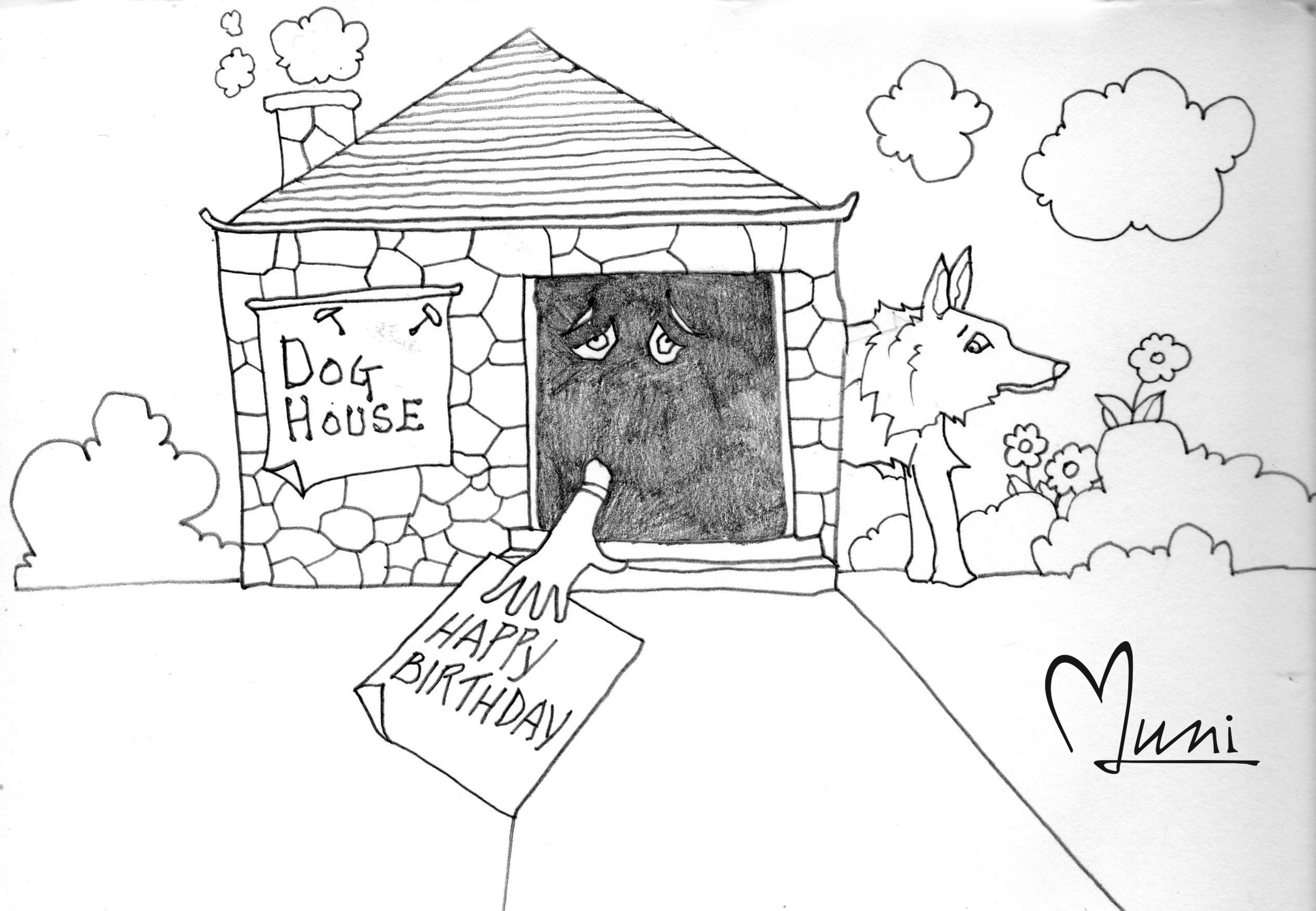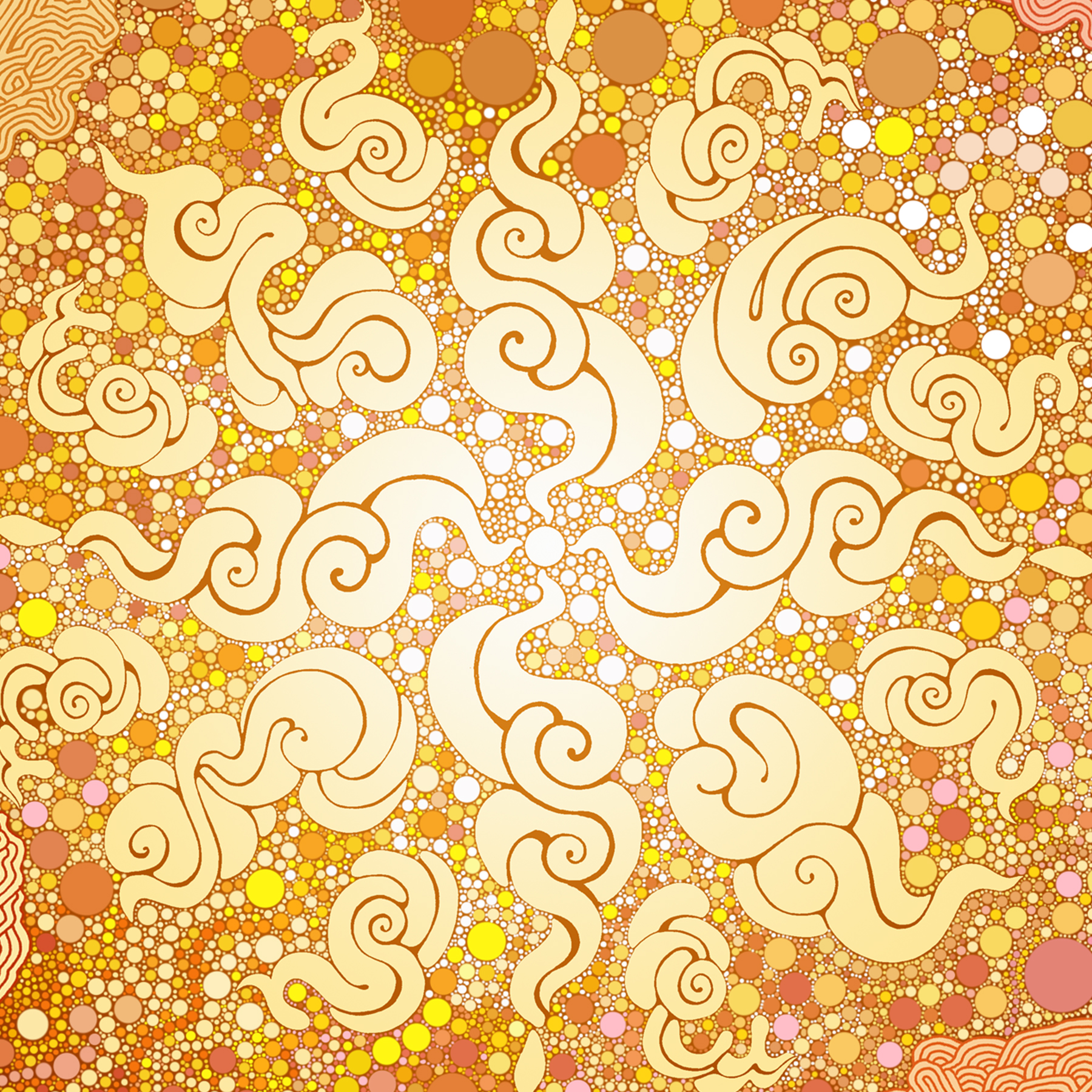Our Superconscious - A mystical level of mind
/Once we have become subconsciously adjusted to a sense of an “I” rooted in being, rather than an “I” driven by the impulses of the five senses or lured on by the ramification of thought and the novelty of the conscious state of mind, we have successfully positioned awareness on the threshold of superconsciousness. Before we seriously focus deeply within, we experience superconsciousness in a general way—usually as something like a no-problem zone of inner space in which everything just seems to be okay. Because this nonspecific enjoyment of alrightness feels quite “natural” to us, we are left to assume that we are at least temporarily functioning in an “unnatural” state of mind when life does not seem to be “okay.”
If we accept “natural” to mean inherent and “unnatural” to mean acquired, we will be inclined to perceive our superconscious state of mind to be inherent, and therefore the same for all of us, while we understand our subconscious and conscious states of mind to be acquired, and therefore different for each of us (since each of us acquires differently according to our individual experience).
Obviously, just living in a physical body demands an externalization of awareness out of “inherent” superconsciousness into “acquired” conscious and subconscious states of mind.
When we roll out of bed in the morning to brush our teeth and shower, each one of us must necessarily leave our inherent superconsciousness to live by thousands of little personally acquired memories. Although certainly we might manage to do all of this with a subconscious sense of superconsciousness, which would be wonderful, our waking life is still primarily an acquired existence formed consciously and subconsciously.
From this we can see, while we are awake in the physical realm doing physical things, the superconscious is at best only available to us as a secondary influence filtering through our subconscious to feed the background of our daily life with bliss, confidence, calm, compassion, inspiration and the like.
Tapping into superconsciousness in this way is wonderful to be sure. But to thoroughly experience this richest part of us, we must fully withdraw from our conscious and subconscious states of mind, enter the spiritual realm, and be there completely. Under normal physical circumstances, this cannot be accomplished easily. During periods of time set aside for the practice of a yoga that includes deep meditation, however, it can be.
During such withdrawal, we strive to become immersed in those magnificent qualities of being—bliss, love, stillness, balance, peace, power, rapture, joy and awareness. Just holding the “I” centered in any of these qualities invites Samadhi, intensifies an internal correction of wrong perception and unresolved memory, and programs our subconscious to flood our external life with an unfettered superconscious support that can and will sustain us even during our most trying times.
If we can then come out of this withdrawal to remain two-thirds within during the waking hours of our life, our subconscious will assist rather than block a more continual superconscious influence upon our physical life. This two-thirds-within positioning of awareness is easily attainable. In fact, it is so attainable we can be there and not know it.
Take, for instance, an elderly lady, washing dishes, humming a song and looking out her kitchen window at two robins nibbling sesame seeds off a bird feeder. As that lady rests in the bliss of now, enjoying the warmth of soapy dish water, the touch of slippery plates, the tap-tap pecking of the birds, and the sweet delight of humming her song—all at once—is she not a perfect example of the conscious, subconscious and superconscious states of mind working together harmoniously as one?
Moving like this in life is not difficult and does not demand that we have a completely resolved subconscious. Even with a huge backlog of karmic “issues,” we can work with ourselves to live and move easily, receiving superconsciousness like a welcome guest when it comes, awaiting it patiently when it doesn’t.
Dealing with life in this manner, ever so lightly leaning upon and occasionally withdrawing completely into our internal nature, we invite our superconscious to more and more consistently come forward through our subconscious into our conscious states of mind until, finally, we are feeling at least a little bit of superconsciousness all the time.
When we have lost our sense of superconsciousness, we can get it back by simply becoming aware of that loss. Just that. With this simple adjustment of awareness—just recognizing and acknowledging we have temporarily lost our sense of inner bliss during a frenzy of mental or emotional distraction—we gift ourselves the only moment the now needs to help us gain back our option to feel and follow the rhythm and rhyme of our own intuitive mind back in and through inner realms to our superconscious home base.






